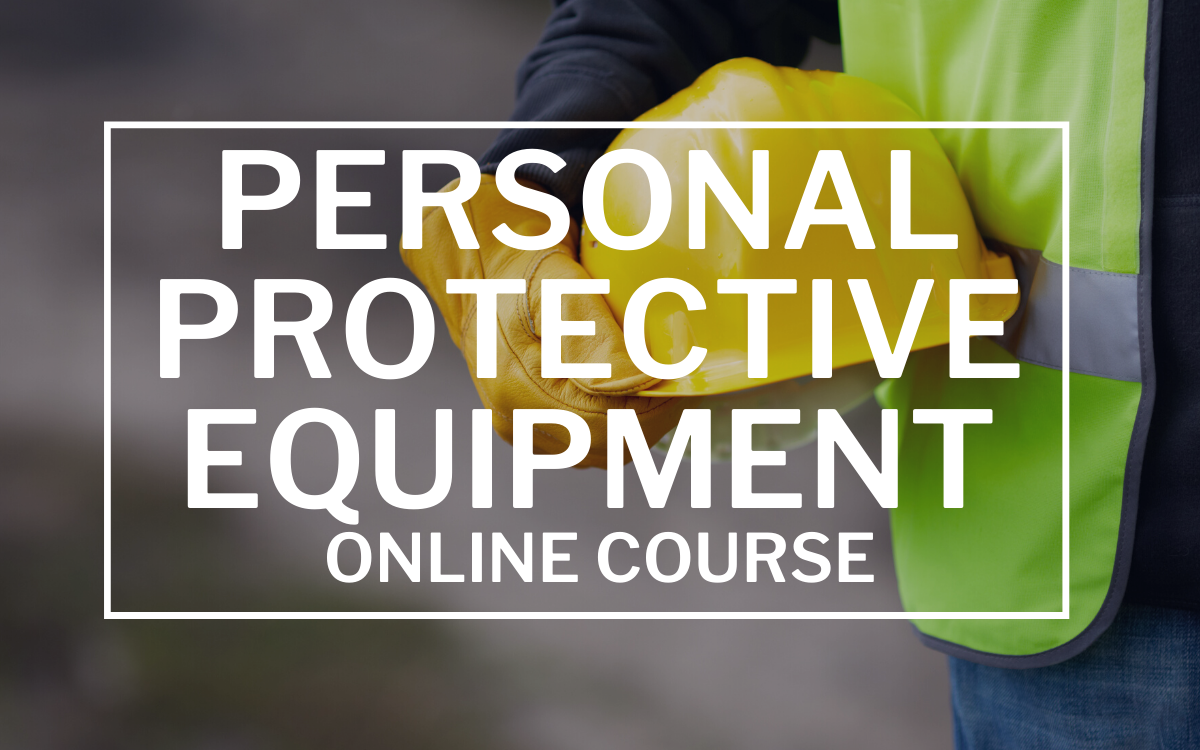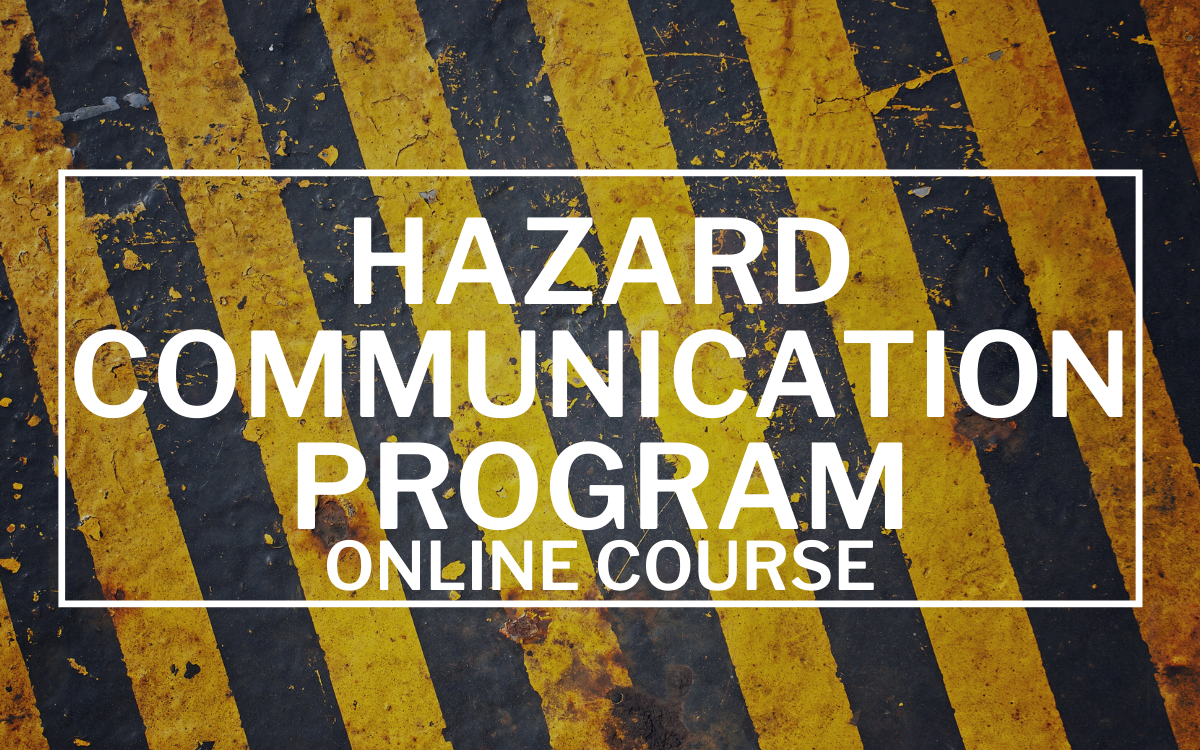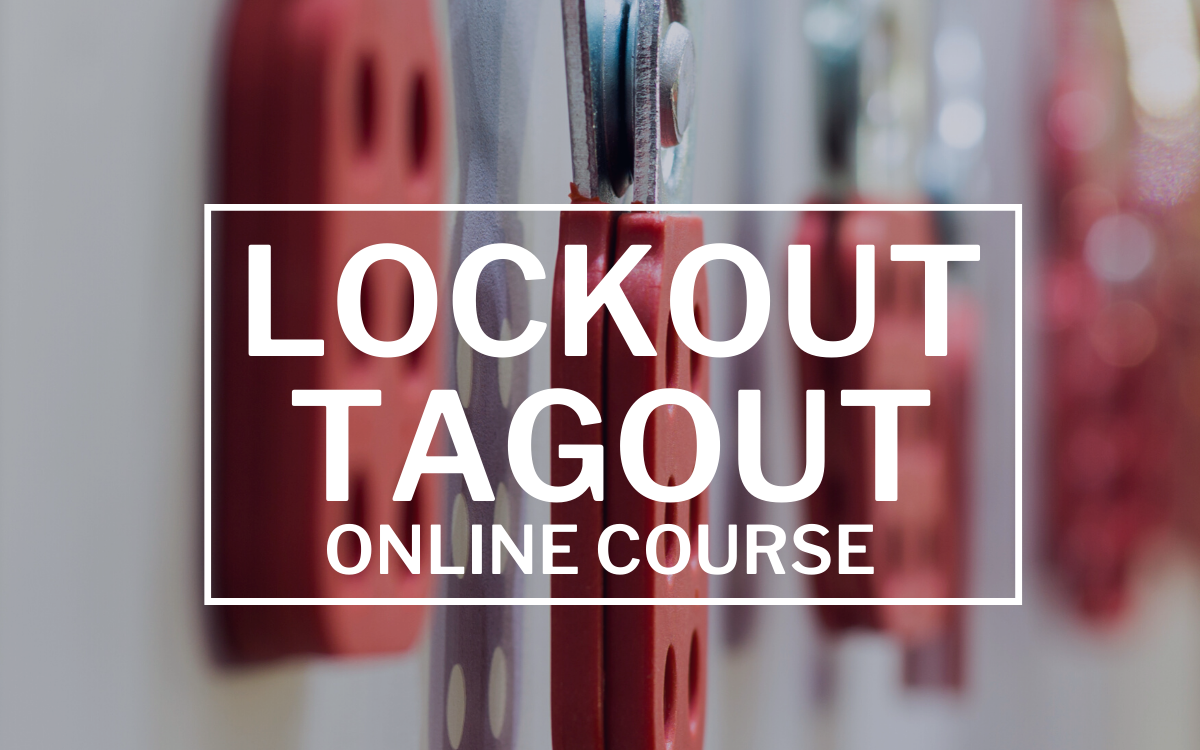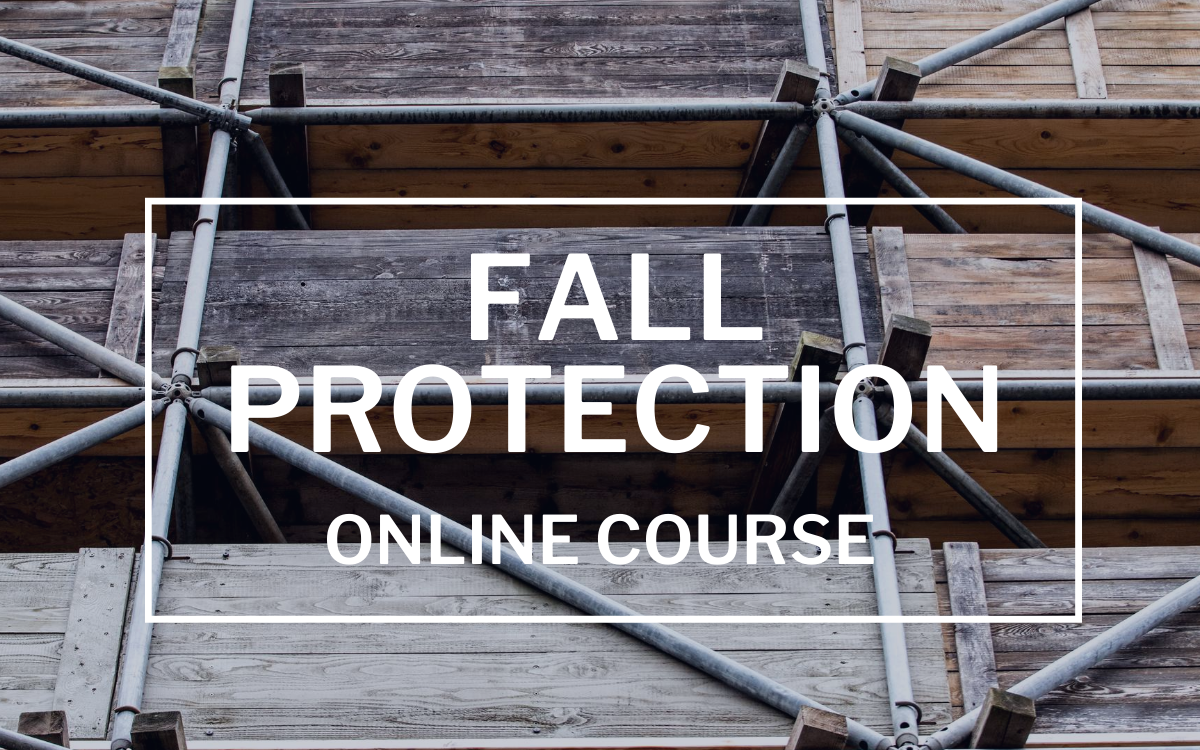Hearing Conservation
Course Outline
Offered in partnership with HSI
20 Minutes in Length
English/Spanish Available
Noise Matters
Knock Down the Noise
Get With the Program
Learning Objectives
Identify how noise in the workplace affects hearing and the hazards and warning signs associated with hearing loss
Recognize the noise exposure limits that necessitate hearing protection
Identify the types, benefits, proper use, and maintenance of hearing protectors
Recognize how you and your employer can work together to prevent hearing loss
Course Overview
The Bureau of Labor Statistics has reported nearly 125,000 cases of permanent hearing loss in workers since 2004.
Many high-risk work environments are noisy with an endless range and variety of potentially ear-splitting work being performed while on the clock. Simply being exposed to hazardous noise levels can result in hearing loss, by damaging the hair cells directly connected to nerve endings in the inner ear. However, the extent of this damage and severity of hearing loss depend on the amount of noise to which you are exposed and the duration of exposure time.
Depending on the amount, noise can cause hearing loss that is temporary or permanent.
The Occupational Safety & Health Administration (OSHA) has established a range of noise levels and exposure durations indicating acceptable occupational levels of exposure.
The maximum safe noise level or permissible exposure level (PEL) is 90 decibels, acceptable average exposure over an 8 hour work day. Levels above 90 decibels require employers to furnish hearing protectors.
Levels equal to or below 90 decibels are considered acceptable for industrial noise exposure without the use of hearing protection, unless an employee has suffered a previous hearing loss. For those employees with a previous hearing loss, employers must provide hearing protection at 85 decibels average exposure over an 8 hour work day.
For employees with no hearing loss, hearing protection is optional between 85 and 90 decibels. As an added factor of safety, OSHA established an action level of 85 decibels for instituting a Hearing Conservation Program affecting all those exposed to that noise level.
Employers have certain responsibilities pertaining to protecting the hearing of employees.
Those responsibilities include:
Workplace Surveys: Companies are required to survey the workplace and evaluate individual jobs, to determine the noise levels present.
Warning Signs: Companies are required to post warning signs in areas where high noise hazards exist.
Why is hearing conservation so important?
The Bureau of Labor Statistics has reported nearly 125,000 cases of permanent hearing loss in workers since 2004. Unfortunately there is no fix for permanent hearing loss caused by loud noises. Neither surgery nor a hearing aid can restore proper ear functioning.
In addition to hearing loss, exposure to high levels of noise can result in physical and psychological stress, reduced productivity, poor communication, and accidents and injuries caused by a worker’s inability to hear warning signals.
What should you look out for?
Common indications of hazardous noise levels:
Ringing or buzzing in your ears
Having to shout to be heard by someone an arm’s length away
Experiencing temporary hearing loss after leaving a noisy location
The extent of inner ear damage and the severity of hearing loss depend on the amount of noise to which you are exposed and the duration of exposure time. The length of your exposure to noise is as critical as the loudness. Continuous noise throughout a shift is more damaging than a few minutes at a time. However, in addition to developing gradually over months and years of exposure to less intense noises, hearing loss can occur from a single intense noise such as an explosion.
How loud is too loud?
Both temporary hearing loss and permanent hearing loss are likely to occur at levels of 90 decibels and above. OSHA has set a maximum safe noise level at 90 decibels of exposure over an 8 hour time period. If work noise levels reach 85 decibels or higher employers must institute a Hearing Conservation Program.
The American Academy of Otolaryngology provides references for the decibels of different noises:
Subway: 90 decibels
Power saw: 110 decibels
Race car: 130 decibels
Fireworks: 150 decibels
Shotgun: 170 decibels
What can be done to protect your hearing?
To reduce worker’s exposure to hazardous noise levels there are several control measures companies can implement:
Engineering Controls
Engineering controls could include placing a worker inside a cab on a piece of equipment or the use of insulating materials to reduce noise exposure.
Engineering controls include:
Choosing low-noise tools and machinery
Maintaining and lubricating machinery and equipment
Placing a barrier between the noise source and employee(s), such as sound walls or curtains
Enclosing or isolating the noise source
Administrative Controls
Administrative controls might include the selection and purchase of quieter pieces of equipment, or isolating noisy pieces of equipment, like portable generators, from employees while work is taking place.
Administrative controls include:
Operating noisy machines during shifts when fewer people are exposed.
Limiting the amount of time a person spends at a noise source.
Providing quiet areas where workers can gain relief from hazardous noise sources
Hearing Protection Devices
Hearing protection devices protect the ears are should be used when noise levels exceed 90 decibels. If an employee already suffers from hearing loss, hearing protection devices should be used when noise levels reach 85 decibels.
Three types of hearing protection are commonly available:
Ear Inserts: Ear inserts, or “plugs,” block the ear canal. They are available in both pre-formed and custom-made varieties, to fit individual ears, or in hand formable disposable types. Ear inserts provide the best hearing protection in the low frequency sound range.
Ear Muffs: Ear muffs fit over the entire outer ear, like headphones. Some earmuffs can be attached to hard hats. Ear muffs offer better protection in the higher frequency ranges, provided they form a good seal around the outer ear.
Canal Caps: Canal caps, also called banded canal caps or ear pods, are cone-shaped caps attached to a headband. They are used for brief periods where easy insertion and removal is necessary. They offer somewhat less protection than ear muffs and ear inserts.
Hearing Conservation Program
In order to stay compliant with OSHA standards, if noise levels exceed 85 decibels employers/companies must create a Hearing Conservation Program.
Steps of a Hearing Conservation Program:
Survey the workplace and individual jobs to determine noise levels present and the hazards to employees associated with those noise levels
Establish audiometric testing to determine baseline audiograms for affected employees (this will determine how sensitive you are to noise, you must be informed of your exposure levels and any hearing loss you have, you must be re-tested annually)
Educate employees in hearing conservation requirements
Provide hearing protection equipment and training in its selection, handling, storage, use and cleaning
Hearing conservation is an important issue, especially for those who work jobs that expose them to hazardous noise levels. To preserve good hearing, it’s critical that employers and employees be proactive in protecting against the hazards that can damage it.




















